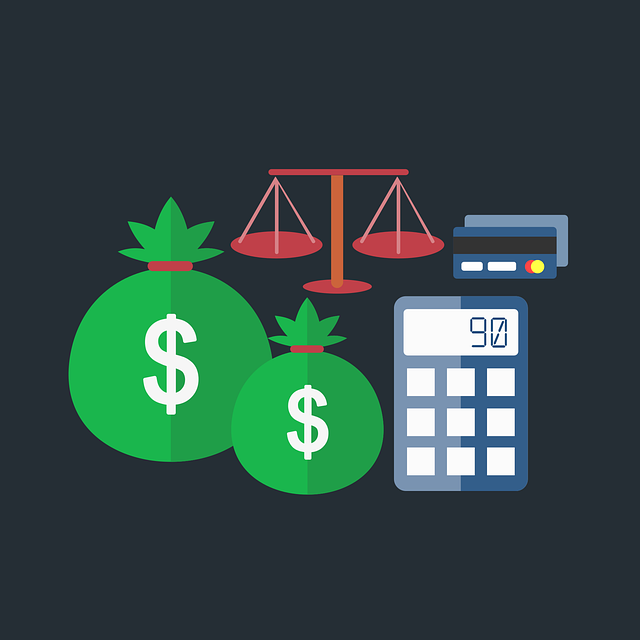Alternative loans offer flexibility but often come with hidden costs like upfront fees, higher interest rates, and penalty charges. "Unveiling Hidden loan fees" guides borrowers through a comprehensive review of potential costs, emphasizing transparency. To avoid surprises, understand loan fees, compare interest rates from multiple lenders, and maintain strong financial discipline to mitigate expenses and prevent penalties.
In today’s financial landscape, alternative loans have gained popularity for their flexibility. However, understanding hidden costs is crucial before accepting these financing options. This article guides you through the intricate details of alternative loans, focusing on why they’re sought after and revealing the often overlooked loan fees. We provide a comprehensive guide to uncovering and managing these expenses, empowering you to make informed decisions and effectively minimize loan interest costs.
- What Are Alternative Loans and Why Are They Popular?
- Unveiling Hidden Loan Fees: A Comprehensive Guide
- Strategies to Manage and Minimize Loan Interest Costs
What Are Alternative Loans and Why Are They Popular?

Alternative loans have gained significant popularity as a non-traditional financing option, especially for students and individuals who may not qualify for conventional loans. These loans, often offered by private lenders or online platforms, provide access to funds outside of traditional banking channels. The appeal lies in their flexibility and sometimes faster approval processes compared to bank loans. However, it’s crucial to understand that while alternative loans can be a convenient solution, they typically come with unique sets of costs and considerations.
The term ‘alternative loans’ encompasses various types, including personal loans, peer-to-peer lending, and specialty financing. These loans often have different structures and terms, which can result in varying loan fees and interest rates. Unlike conventional loans, alternative lenders may charge upfront fees, higher interest rates, or penalty charges for early repayment. Loan interest on these alternatives is usually variable and can change over time, making it essential for borrowers to carefully review the terms before accepting the loan.
Unveiling Hidden Loan Fees: A Comprehensive Guide

Unveiling Hidden Loan Fees: A Comprehensive Guide
When exploring alternative loans, it’s crucial to go beyond the initial offer and scrutinize every detail related to loan fees. Alternative lenders often present attractive terms, but they may hide certain charges that can significantly impact your financial health. These hidden loan fees can range from processing fees to early repayment penalties, and understanding them is essential for making informed decisions.
A comprehensive guide should outline all potential costs associated with alternative loans. This includes not just the interest rate but also any setup or application fees, documentation charges, and even fees linked to late payments or missed repayments. By being transparent about these loan fees, borrowers can compare different offers accurately and choose the one that aligns best with their financial capabilities and goals.
Strategies to Manage and Minimize Loan Interest Costs

Many alternative loans come with various hidden costs and high-interest rates that can catch borrowers off guard. To manage and minimize loan interest costs, it’s crucial to understand all associated fees upfront. Carefully review the terms and conditions of the loan agreement, paying close attention to annual percentage rates (APRs), origination fees, and any other charges. Comparing loan offers from multiple lenders is also a strategic approach to finding the best deal. By shopping around, borrowers can identify loans with lower interest rates and minimal fees, thereby saving money in the long run.
Additionally, establishing a solid financial plan before taking out an alternative loan can help mitigate interest expenses. Improving credit scores before applying for a loan often results in better terms, including reduced interest rates. Maintaining discipline with budgeting and timely repayments can also prevent penalties and keep interest costs under control. Borrowers should aim to pay more than the minimum monthly payment whenever possible to reduce the overall debt and interest accrued.






